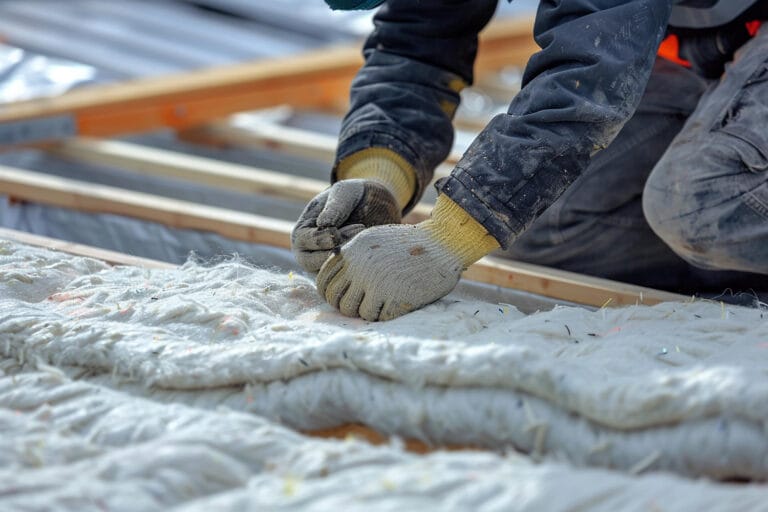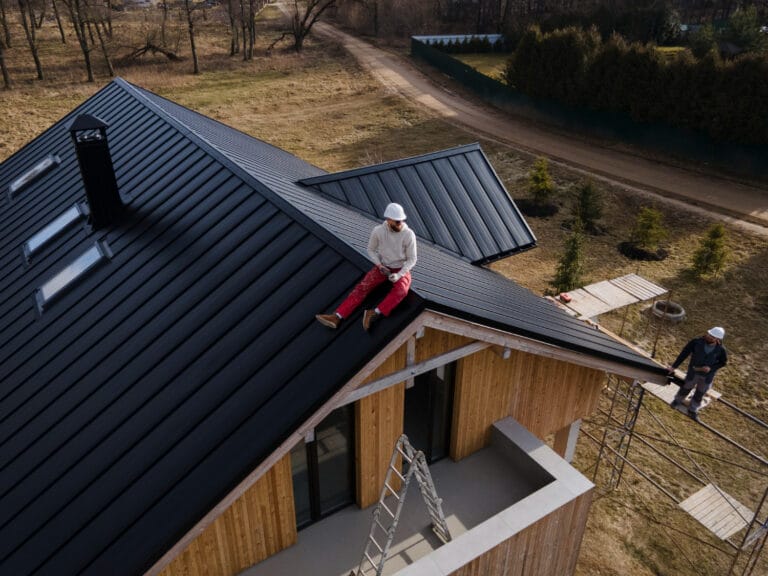Keeping your roof in top condition requires more than just the occasional glance upward. Seasonal roof inspections play a vital role in ensuring that your home remains protected from the elements year-round. Ignoring seasonal maintenance can lead to costly repairs and even shorten the lifespan of your roof. Regular inspections allow you to catch minor problems before they become significant issues, saving you time and money in the long run.
Each season brings its own set of challenges for your roof. From the harsh winter cold that can cause shingles to crack, to the intense summer heat that can lead to premature wear, understanding these seasonal risks is key to maintaining a healthy roof. By tailoring your inspection and maintenance efforts to the specific conditions of each season, you can effectively safeguard your home against weather-related damage.
In the following sections, we’ll delve into why these inspections are essential, provide a comprehensive spring inspection checklist, offer valuable summer maintenance tips, and outline steps to prepare your roof for the fall and winter months. This guide will help you keep your roof in excellent condition throughout the year, ensuring it continues to protect your home and your family.
Why Seasonal Roof Inspections Are Essential
Inspecting your roof seasonally is crucial for maintaining its durability and ensuring your home remains protected. Seasonal inspections allow you to identify and address small issues before they escalate into significant problems, which can ultimately save you both time and money. Different seasons present unique challenges and risks that can affect your roof’s integrity, and understanding these can help you better prepare and protect your home.
Each season brings its own set of risks to your roof. During the winter, ice and snow can accumulate, leading to ice dams and potential water infiltration. In the spring, the thawing of snow and ice can reveal damage that wasn’t visible earlier, such as cracked shingles or leaks. Summer’s intense heat can cause materials to expand and contract, which may result in premature wear and tear. Autumn leaves can clog gutters and downspouts, leading to water buildup and leaks. By conducting regular inspections tailored to these seasonal risks, you ensure your roof stays in optimal condition year-round.
Spring Roof Inspection Checklist
Spring is the perfect time to inspect your roof after the harsh winter months. Here’s a detailed checklist of things to look for during your spring roof inspection:
- Check for Winter Damage: Inspect for cracked or missing shingles that may have been damaged by snow and ice. Look for any signs of moisture or water stains on your ceiling, which could indicate leaks.
- Remove Debris: Clear away any leaves, branches, or other debris that have accumulated on your roof and in your gutters. This will help prevent water from pooling and causing damage.
- Gutter and Downspout Inspection: Make sure that your gutters and downspouts are clear and functioning properly. This will ensure that rainwater can flow away from your roof and home.
- Inspect Flashing: Check the flashing around chimneys, vents, and skylights to make sure there are no cracks or gaps. Damaged flashing can allow water to enter your home.
- Examine the Attic: Take a look in your attic for signs of moisture or mold. This can indicate that water is getting through your roof.
Addressing these common issues promptly can help prevent more extensive damage down the line and ensure your roof remains in good condition as you head into the warmer months. Regular spring inspections are vital to making sure your roof is ready to withstand the summer heat and the next winter season.
Summer Roof Maintenance Tips
Keeping your roof in good shape during the summer requires some focused upkeep. The summer sun can be harsh on roofing materials, causing them to deteriorate faster than usual. Here are some tips to help maintain your roof during the hotter months:
- Check for Sun Damage: Inspect your shingles for signs of curling, cracking, or blistering, which can result from prolonged sun exposure. Damaged shingles should be replaced promptly to prevent leaks.
- Clean Your Roof and Gutters: Remove any debris, such as leaves or branches, to ensure that water can flow freely. This will prevent water pooling and reduce the risk of leaks or damage.
- Inspect and Repair Flashing: The flashing around vents, chimneys, and skylights can wear out over time. Make sure these areas are properly sealed to prevent water intrusion.
- Trim Overhanging Branches: Trees provide shade but can also drop leaves and branches onto your roof, potentially causing damage. Trimming back any overhanging branches will help keep your roof clear.
- Check for Signs of Wear and Tear: Look for signs like loose or missing shingles, damaged seals around vents, and wear around edges and corners. Addressing these issues as soon as they appear helps maintain the roof’s integrity.
Regular maintenance during the summer helps to prolong the life of your roof and keep it performing well. By being proactive, you can avoid costly repairs and ensure your roof is ready for the challenges of the next season.
Preparing Your Roof for Fall and Winter
As the weather starts to cool, it’s important to prepare your roof for the colder months ahead. Fall and winter can bring heavy rain, snow, and ice, all of which can pose a threat to your roof. Here are some steps to get your roof ready:
- Clean Gutters and Downspouts: Make sure your gutters and downspouts are clear of leaves and debris. This allows water to flow away from your roof and home, preventing water buildup and potential leaks.
- Inspect Insulation and Ventilation: Proper insulation and ventilation in your attic help to regulate temperature and prevent ice dams from forming on your roof. Check for adequate insulation and ensure vents are free from obstructions.
- Repair Any Damage: Address any damage to shingles, flashing, or other roofing materials before the weather turns. Fixing these issues early will help prevent them from worsening over the winter.
- Check Roof Valleys and Penetrations: Areas where the roof planes intersect, like valleys, and where there’s a penetration, such as a chimney or vent, are more prone to leaks. Inspect these areas carefully and repair any cracks or gaps.
- Install Gutter Guards: Consider installing gutter guards to keep debris out and reduce the frequency of gutter cleaning. This helps maintain proper water drainage during rain and snowfall.
Taking these steps to prepare your roof for fall and winter can help avoid the stress and expense of emergency repairs during a storm or cold spell. Preventive maintenance is key to ensuring your roof can handle whatever the weather brings.
Conclusion
Seasonal roof inspections are essential for maintaining the health and longevity of your roof. Each season presents its own unique challenges, from summer heat and sun damage to winter ice and snow. By conducting regular seasonal inspections and following specific maintenance tips for each time of year, you can help your roof stay in excellent condition and avoid costly repairs.
If you need professional assistance with your roof inspections or repairs, AAA Roofing NJ is here to help. Our team is dedicated to providing the highest quality roofing services for industrial, residential, and commercial properties. Schedule your seasonal roof inspection with our roofing contractor in NJ today and keep your home protected all year round!




